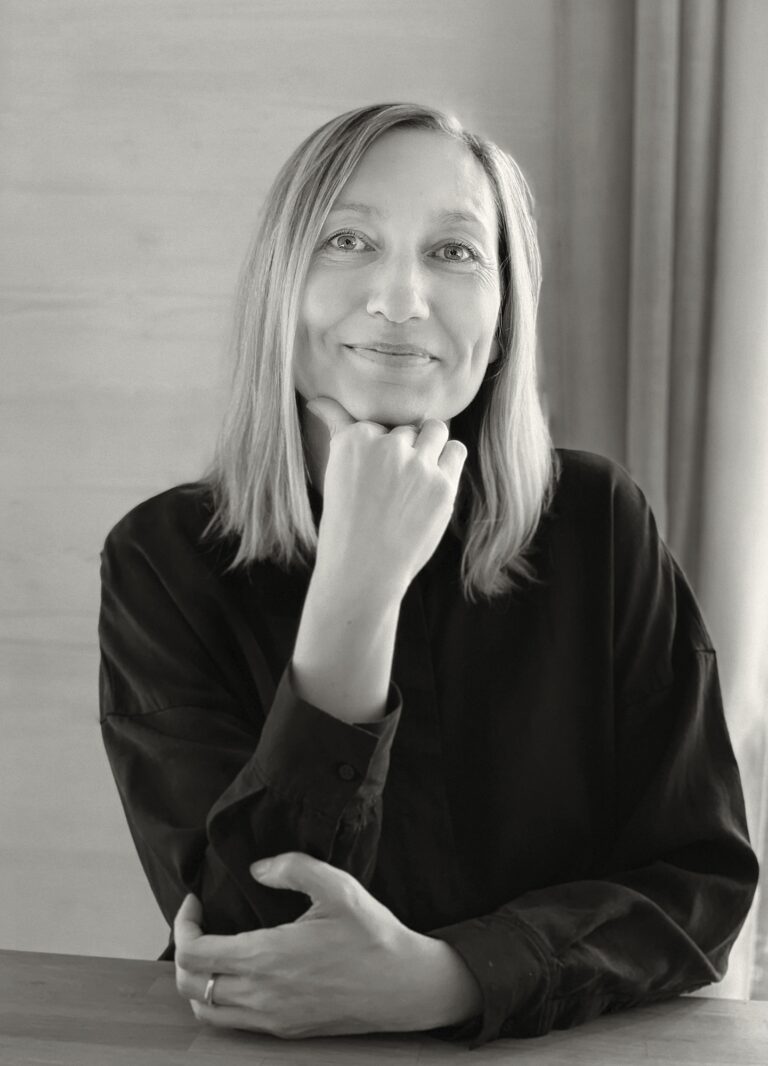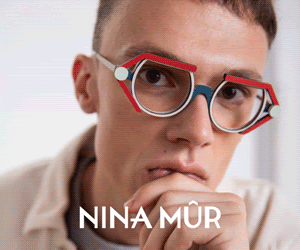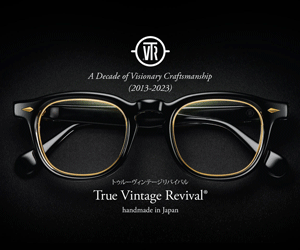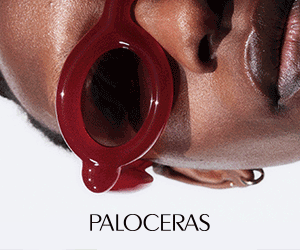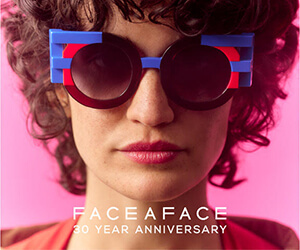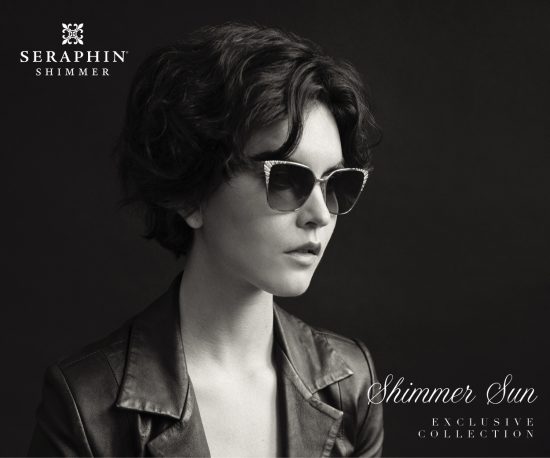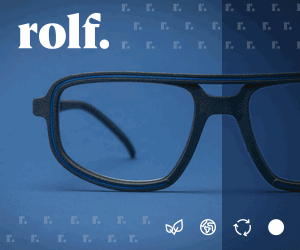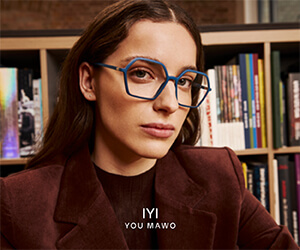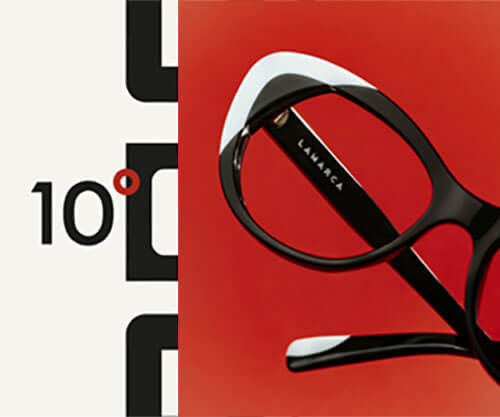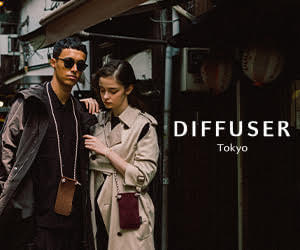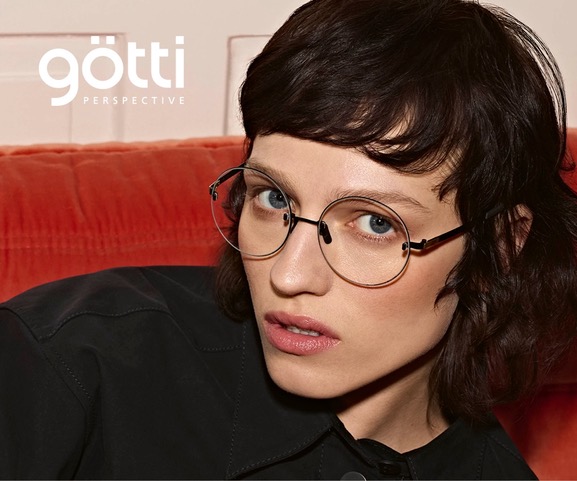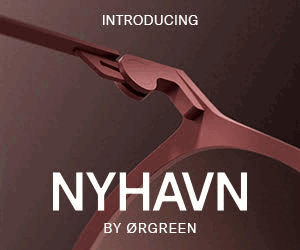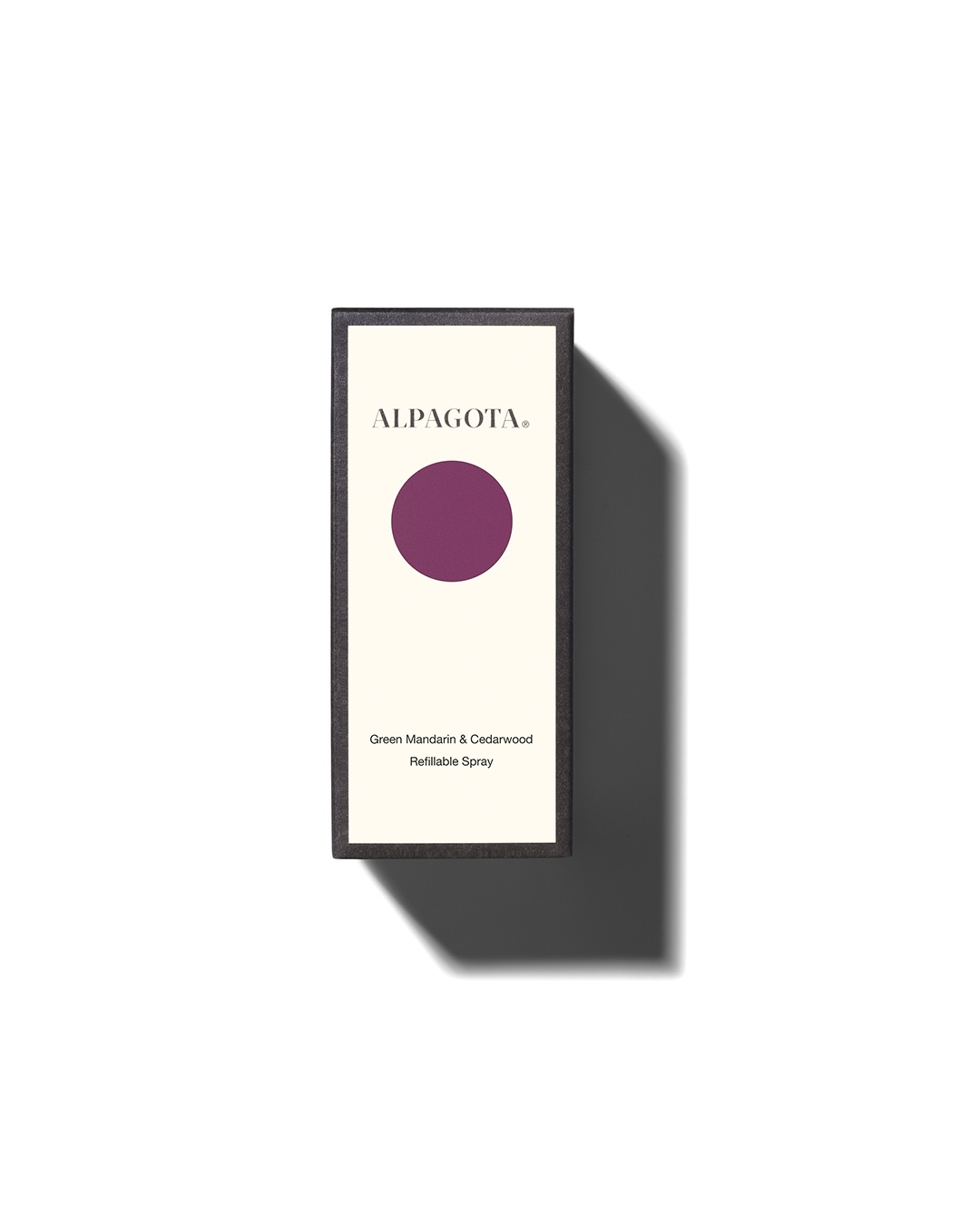Sustainability in optics : Xenia Glutz von Blotzheim is a marketing and communications strategist with a specialisation in sustainability. For more than a decade, she was involved in shaping MYKITA as its Global Brand Director. Today, she works independently as an impact consultant and she has co-founded the industry initiative “Frame the Future.” She supports companies in weaving sustainability into their brand management and business models. At MYKITA, she still leads the corporate responsibility strategy and CSR communications, driving the company’s transformation into a sustainability pioneer in the eyewear industry. Eyestylist.com asked her to talk about the Frame the Future initiative as it launches its activities in the optical industry worldwide.
Xenia, could you explain what Frame The Future is? I know you have just officially kicked things off at SILMO with two key events? Frame the Future is a new non-profit alliance that brings the eyewear industry together to make sustainability easier, faster, and more effective. It’s a place for brands, suppliers, and innovators to collaborate instead of working in isolation — to share knowledge, create common sustainability standards, and find real solutions to challenges like acetate waste, recycling – where quantities are a key stumbling block, or preparing for regulation.
We launched at SILMO 2025 with a panel talk on the newly created Silmo CSR booth and our first Breakfast Club meet-up — and the response was enthusiastic. People from every part of the industry told us: “Finally, someone’s connecting the dots.”
How did the idea come about? While working on sustainability at MYKITA, I realised how difficult it was to make real progress alone. Even with full company support, we hit limits — missing data, no shared standards, and no common recycling systems, the lack of peer to peer interaction.
In other industries like fashion, licensing or jewellery, there are alliances and working groups that connect companies to learn and act together for greater impact. I couldn’t understand why eyewear didn’t have one.
Then, while studying sustainability management at Cambridge (CISL), I met Johanna Skans, Founder of Skans Eyewear, who shared the same vision. Later, we met Andrew Clark, an environmental scientist at the Eyes on Sustainability Conference— and the idea for ‘Frame the Future’ was born. At MIDO 2025 we ran a first closed door round table meeting with sustainability leaders we curated from across the industry, from manufacturing to retail. The response was positive – so we decided to give it a go. Early conversations and exploratory meetings have included the following companies who have expressed interest in contributing to the dialogue shaping Frame the Future’s foundation: Eastman, Regenesis, Marchon, Mazzucchelli, MYKITA, Killine, Safilo, Sea2See, Skans, Vanni and many others.
What are the biggest challenges you see in the eyewear industry today? One main challenge is that there are no shared standards — so every brand defines “sustainability” differently, and consumer trust – our highest good – gets eroded. Then, fragmentation, or isolation. Some players are doing something, but in different ways. The lack of data, information or knowledge is a great obstacle. Acetate offcuts from production still have no large-scale recycling system in Europe, because no single company can reach the volumes needed. And for smaller players – or even big ones, new regulations like CSRD or EPR can feel overwhelming. Frame the Future wants to change that by creating a shared standards, a common roadmap and making collaboration the new normal.
What are the next steps? We’ve just started the Catalyst Study, which will map the state of sustainability in eyewear — where the real challenges and opportunities are. This will orient our work in the most effective and efficient way. On the basis of that we’ll launch peer-to-peer calls on topics like acetate recycling and demo lens waste, leading into working groups and later pilot projects, with the aim of channelling them into working groups.
We’re also discussing a series of webinars — practical sessions on things like sustainability storytelling or regulatory readiness — to help teams learn and adapt quickly. It’s all about helping to turn talk into action.
What can independent eyewear companies do as initial steps immediately to set themselves up for the future? How can independent brands or suppliers get involved? Sustainability is often simply about efficiency. Then, 80% of the inpact of a product is decided at design stage, so revisit how/what you design, and try to embed circularity in your process. Lastly, include your value chain into the conversation, ask suppliers and partners how you can optimise – this might be the easiest first step when commencing.
Then by joining the FTF conversation. Share your challenges, ideas, or examples of what works. You don’t need a big sustainability department — what matters is curiosity and openness. Independents bring creativity and agility, while larger groups bring scale and structure. When those come together, new possibilities emerge. That’s exactly what Frame the Future is built for.
And what’s your goal for the next year? By the end of 2026, we want to have: completed our first industry-wide study on the state of sustainability in eyewear; grown a diverse member base representing every corner of the industry; formed a few working groups tackling key issues like materials, circularity, and education; and built a shared resource library for materials impact data and best practices. It’s about building something solid and inspiring that everyone can benefit from — not another campaign, but the foundation for a more responsible, collaborative eyewear industry.
Can you add any further details about Frame The Future for our readers and how they can be a part of it. Will there be an event at MIDO? We’re definitely at MIDO, and we’re still hatching a plan on how this will translate in detail. We have a Linkedin group, so come and find us there to hear about our latest developments and what MIDO will bring. Sustainability can connect us. Some of the most interesting innovations come from unexpected interactions. Frame the Future is here to make those connections happen — and to help the eyewear industry thrive responsibly, together.
About Frame the Future (FTF): Connecting vision to action, driving sustainability in optics collectively. Frame the Future (FTF) is a global non-profit alliance uniting industry leaders to build a thriving, responsible eyewear industry — in harmony with people and planet. As an action-driven platform, FTF fosters collaboration across the entire value chain, turning shared vision into measurable impact. We believe sustainability is the key to innovation, resilience, and long-term growth. By joining forces, we can set common standards, drive collective innovation, and future-proof our businesses in a changing world. FTF Focus Areas: 1/Resource Conservation – advancing circularity, scaling recycling, and replacing fossil-based materials. 2/Climate Resilience – reducing emissions and building sustainable, future-proof supply chains. 3/Social Equity – ensuring fair wages, safe working conditions, and well-being for all.
Find out more about the initiative by following: https://www.linkedin.com/company/frame-the-future-the-responsible-eyewear-alliance
